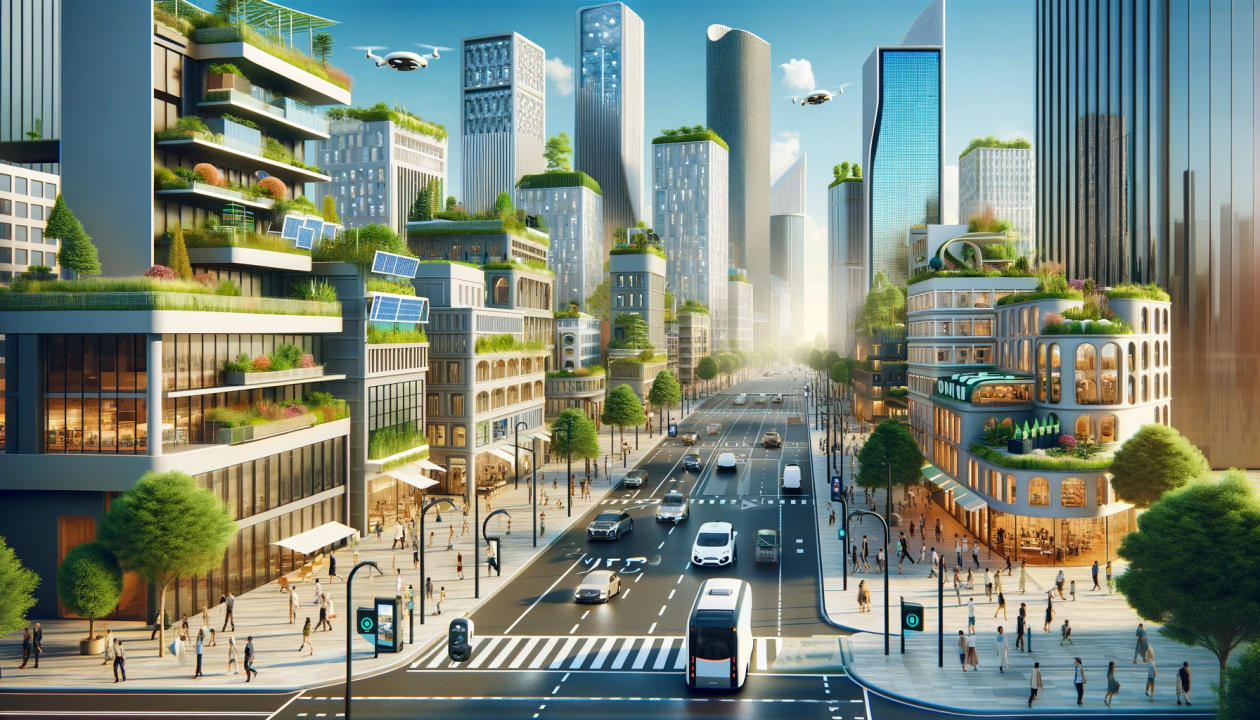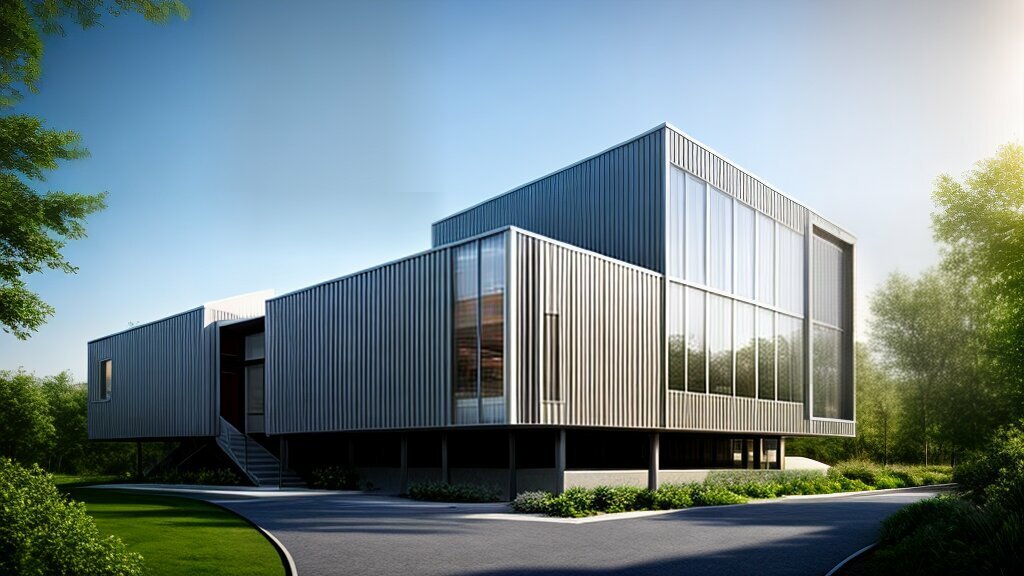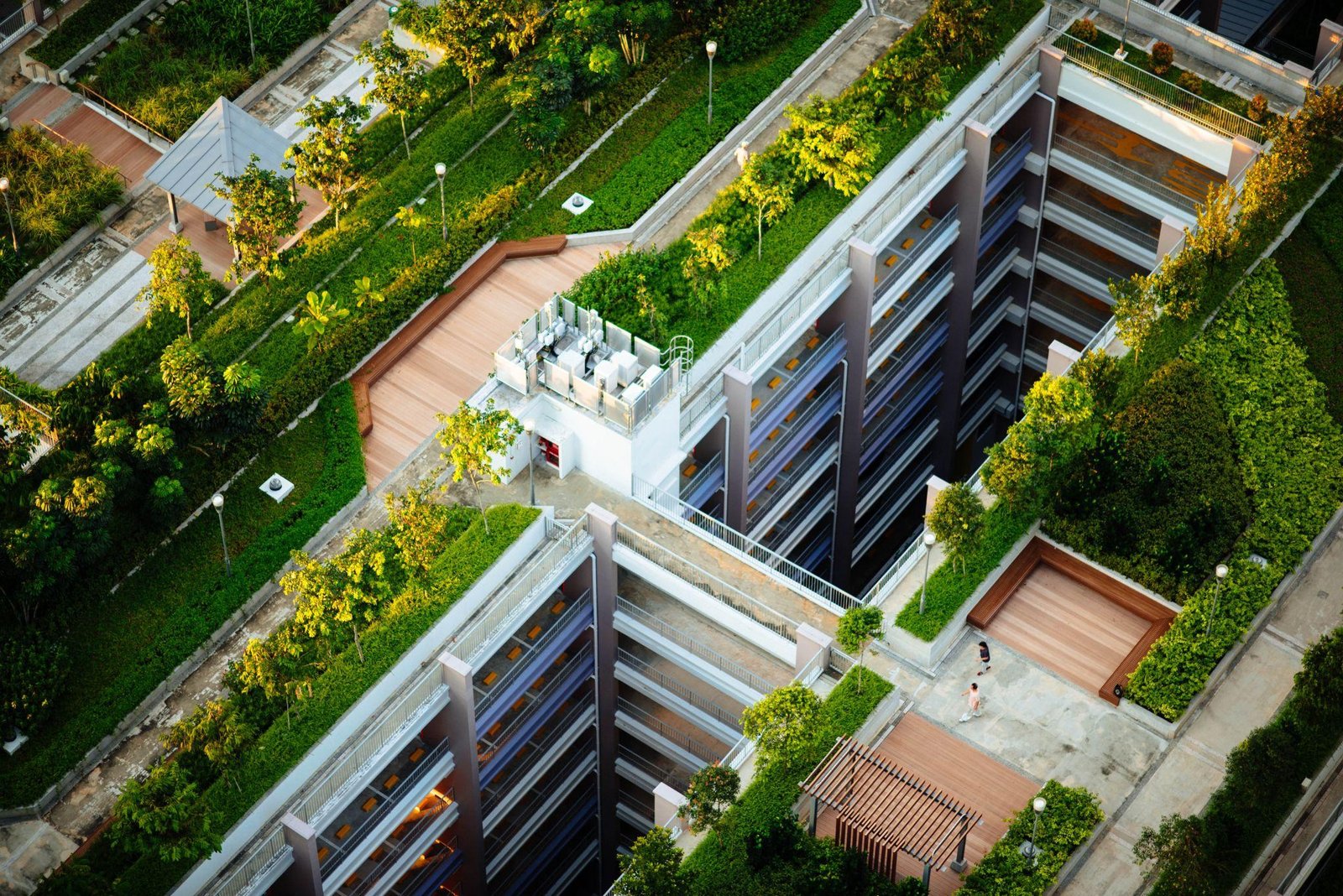Affordable housing solutions through innovative architecture
Affordable housing remains a critical challenge in urban and rural areas worldwide, prompting architects and designers to innovate and create sustainable, cost-effective solutions. Here’s a detailed exploration of how innovative architecture is reshaping affordable housing initiatives. 1. Understanding Affordable Housing Importance and Challenges: Accessibility: Providing housing options that meet the needs of low-income families and










